In Focus: The greatest Victorian houses in Britain, as featured in a magnificent one-off magazine
Under the expert eye of architecture editor John Goodall, Country Life has published a superb look at the greatest Victorian Houses in Britain, from Balmoral to Westminster. Here, John explains more about the places he has chosen — and why.
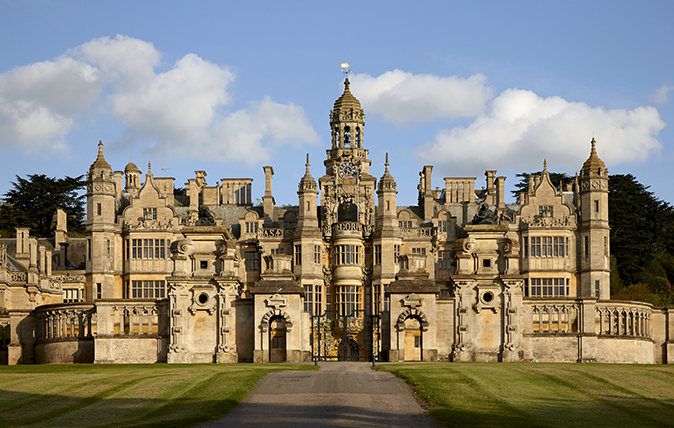

This magnificent edition was first published in 2019, but is now being reprinted by popular demand.
It contains 120 pages of glorious photography and superb explanations of the history and context of these buildings.
'Country Life has played a crucial role in the popular revival of interest in Victorian architecture,' explains editor Mark Hedges. 'This magnificent collector’s edition illustrates the astonishing variety, interest and quality of Victorian buildings.'
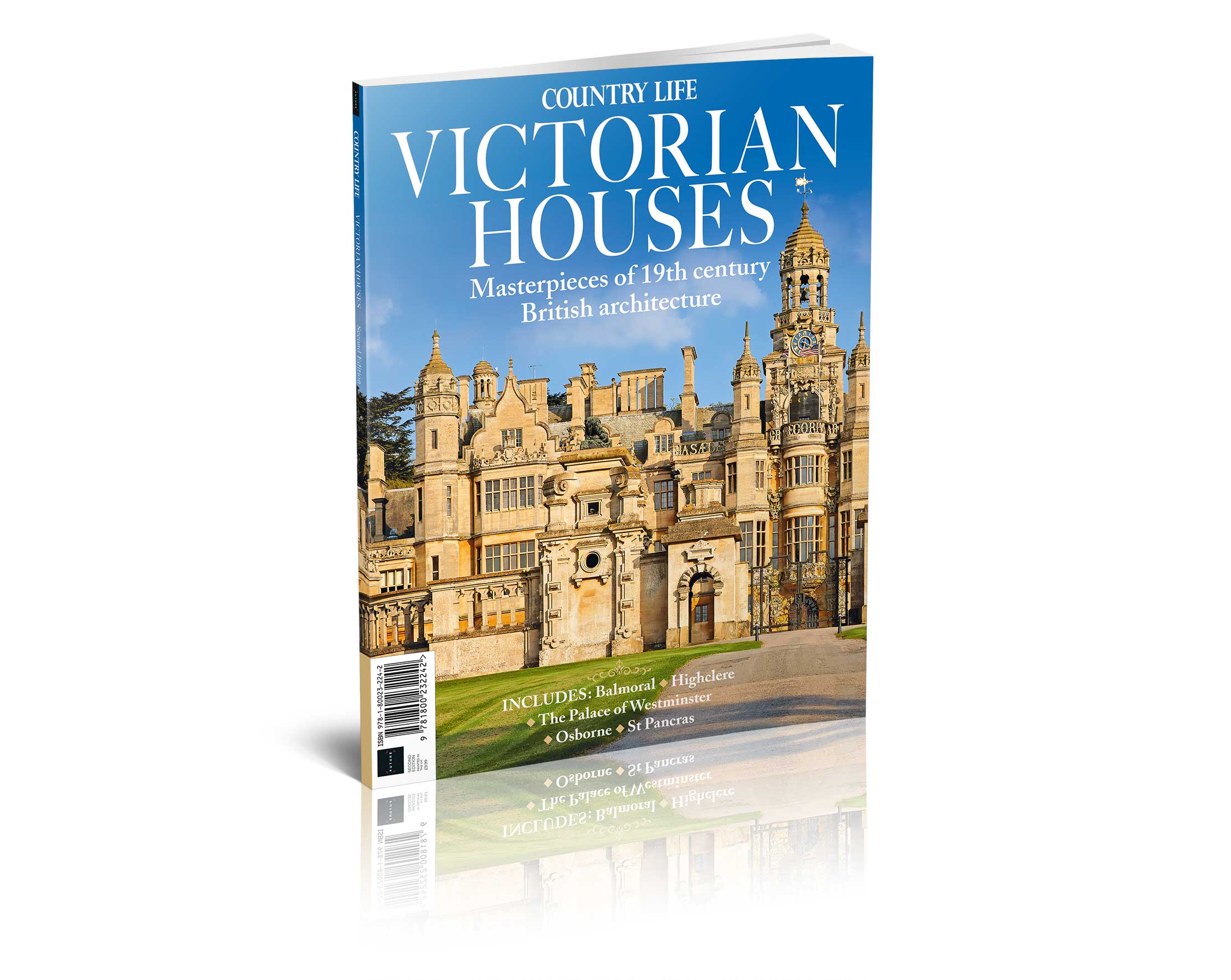
'Victorian Houses: Masterpieces of 19th century architecture' is available from all good newsagents and other retailers including Waitrose, WHSmith, Tesco and Sainsbury's, priced at £9.99.
Should you have trouble finding a copy, you can purchase Country Life's Victorian Houses: The Masterpieces directly from www.magazinesdirect.com and have it sent to your home.
Below, John Goodall talks through some of the houses featured in the articles, and why he has chosen them.
This year is the 200th anniversary of the birth of both Queen Victoria and Prince Albert, respectively in May and August, 1819. Their marriage 21 years later in 1840 was long arranged and, after a difficult beginning, grew to be unexpectedly happy. With perfect symmetry, it lasted 21 years, until Prince Albert’s early death in 1861.
Sign up for the Country Life Newsletter
Exquisite houses, the beauty of Nature, and how to get the most from your life, straight to your inbox.
During that time, the couple established a completely new mode of Royal Family life and redefined the role of Britain’s constitutional monarchy. All of this happened as Britain developed at an astonishing speed into the most powerful nation in the world. When the Queen died in 1901, there was no question that a remarkable age of British history had come to a close.
First published in 1897, Country Life is itself a late-Victorian institution. What could be more appropriate, therefore, than to celebrate this anniversary with a collector’s issue of articles and photographs from the magazine’s archives?
An opening timeline offers an overview of the Victorian Age, but the focus of what follows is exclusively architectural. The coverage of country houses has always been central to the magazine, but it can also claim to have been a pioneer in the study of Victorian architecture through the work of two former Architectural Editors, Mark Girouard and Michael Hall. Their labours, and other writers for the magazine, notably the late Gavin Stamp, have played no small role in the modern revival of interest in Victorian buildings.
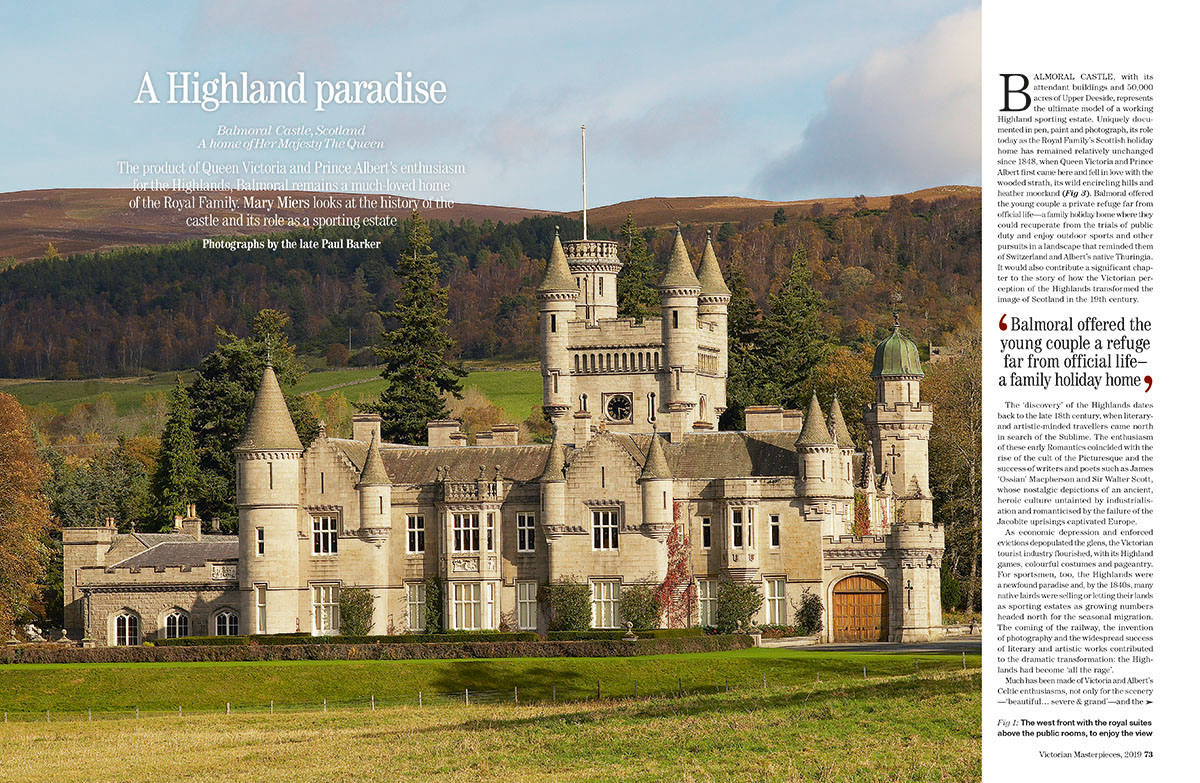
The articles presented in the supplement were all published since I became Architectural Editor and I have taken the opportunity of expanding them with additional illustrations. Every week, Country Life commissions photography of the highest quality to illustrate its architectural pages. For reasons of space, however, there are often outstanding photo-graphs that are never published. It is a great pleasure, therefore, to have the opportunity to reproduce several images that have not been published before.
In addition, I have chosen to punctuate the pages with a series of photographs in black and white taken from the unfailingly fascinating archive of the magazine. These compelling images show the Victorian world through Victorian eyes.
Three of the expanded articles reproduced here deal specifically with the architectural legacy of Prince Albert. In 1841, he was appointed chair of the Fine Arts Commission responsible for the redecoration of the Palace of Westminster, the interiors of which are illustrated in an introductory photographic essay.
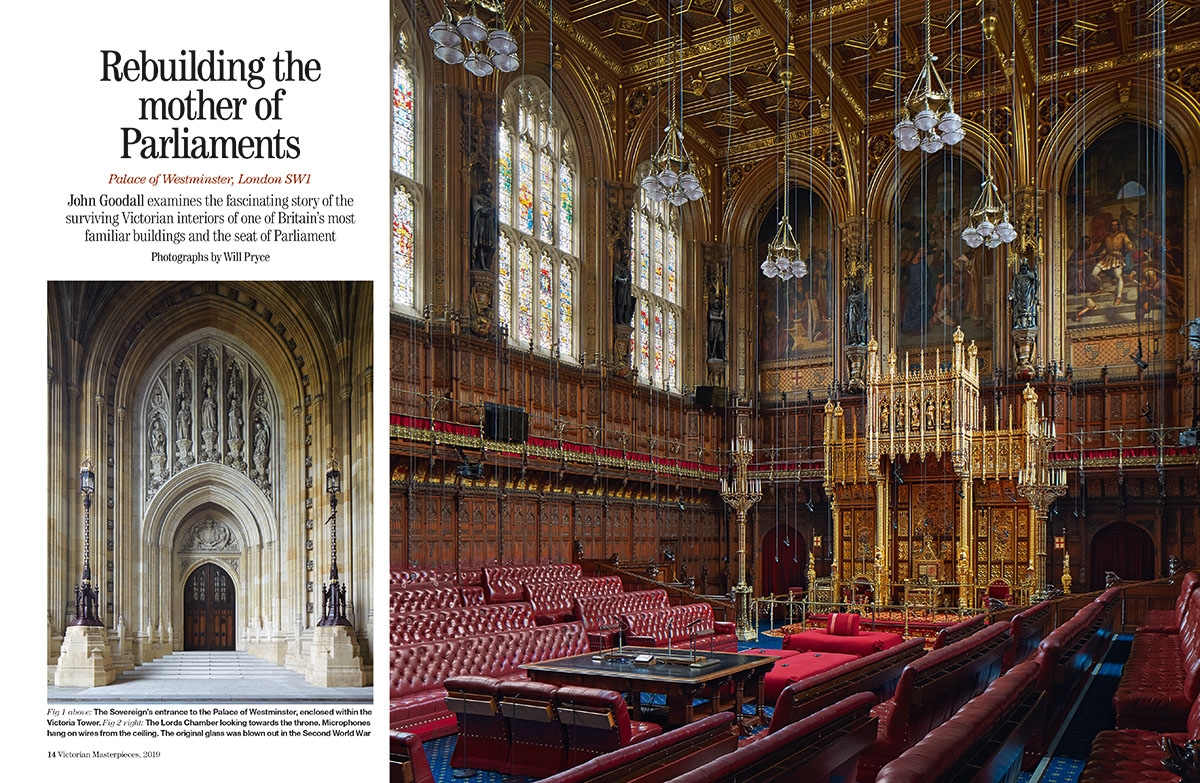
He went on to organise the Great Exhibition of 1851 and then to oversee work to two family houses: the seaside villa at Osborne on the Isle of Wight and Balmoral in the Highland. Both were important places of retreat and helped to popularise, respectively, the Italian Renaissance and Scottish Baronial styles.
The bulk of the articles, however, illustrate the development of the Victorian country house. Throughout the 19th century, these grew inexorably in size to accommodate large house parties and assumed historic styles, such as the Tudor at Highclere or Harlaxton or Gothic at Cardiff. The British indulged in similar fantasies abroad, represented here by Monserrate in Portugal.
By the end of the 1800s however, there was a reaction against these spectacular creations. Under the influence of the Arts-and-Crafts Movement, country houses such as Standen began to grow smaller and lifestyles to assume a degree of relative informality. It also became popular to restore historic buildings rather than merely revive their styles. The advent of the motorcar in 1895 further accelerated these changes. Finally, the selection of articles represents, in St Pancras and Keble College, Oxford, examples of industrial and institutional Victorian architecture.
This collector’s issue makes no claim to completeness, but it is hoped readers will find reflected here a sense of the ambition, interest and quality of the Victorian architectural achievement. Britain would not be the same without it.
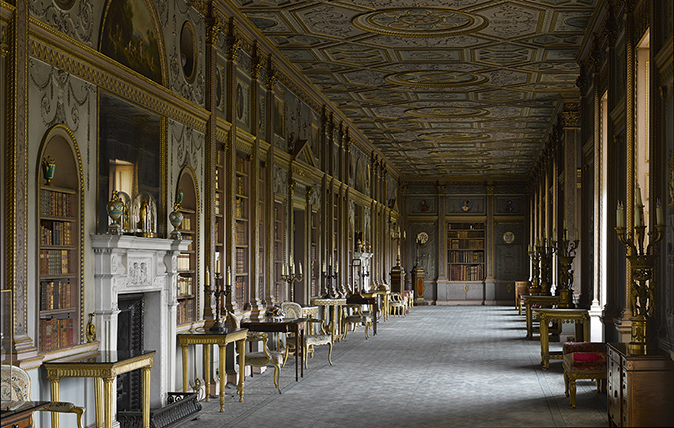
The Country House Library: Why these rooms and their collections need to be taken much more seriously
A new account of the country-house library will compel us all to reassess these rooms and their collections, says John
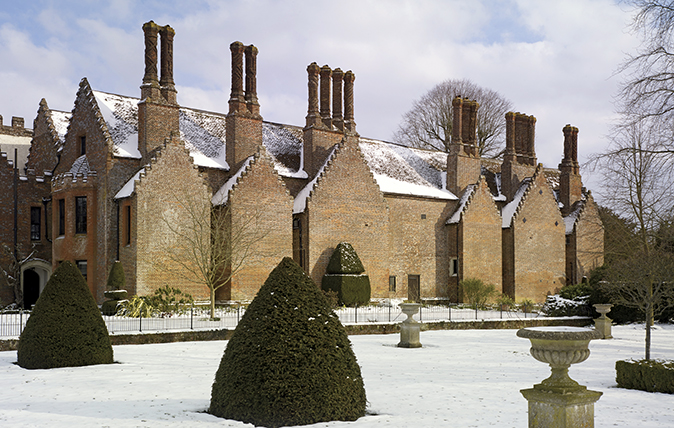
Chenies Manor, Buckinghamshire: The Tudor estate that encompasses the ancient oak tree beneath which Elizabeth I lost a piece of jewellery
This Tudor house was the unlikely venue for the first meeting of the founding group of The Arts Society. John
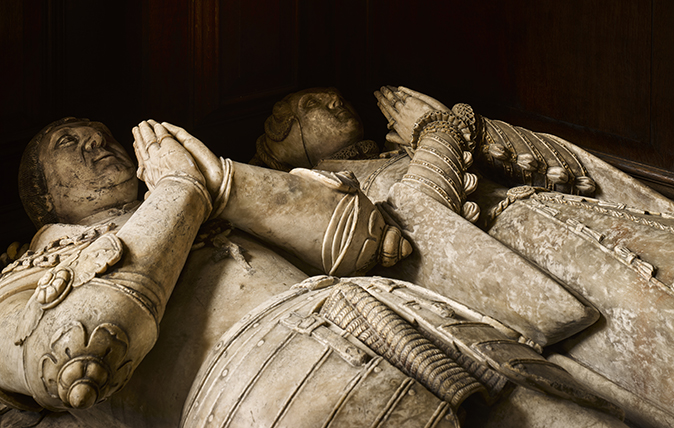
Credit: Will Pryce/©Country Life Picture Library
The Chapel of Trinity College, Oxford: A return to splendour
One of Oxford’s most admired interiors has been revived, as John Goodall reports.

John spent his childhood in Kenya, Germany, India and Yorkshire before joining Country Life in 2007, via the University of Durham. Known for his irrepressible love of castles and the Frozen soundtrack, and a laugh that lights up the lives of those around him, John also moonlights as a walking encyclopedia and is the author of several books.

